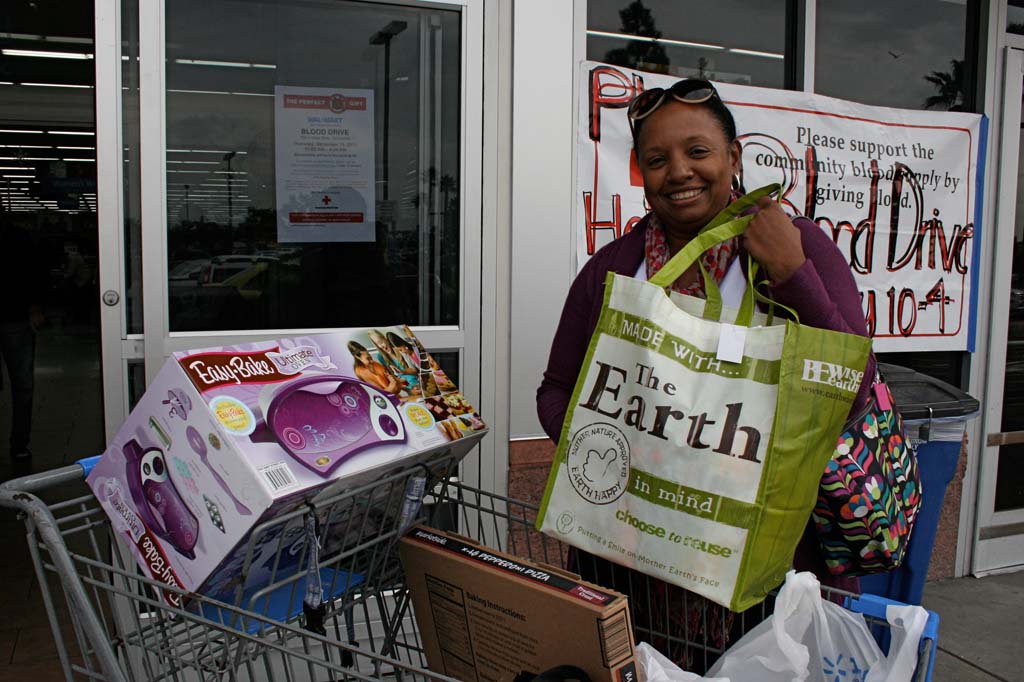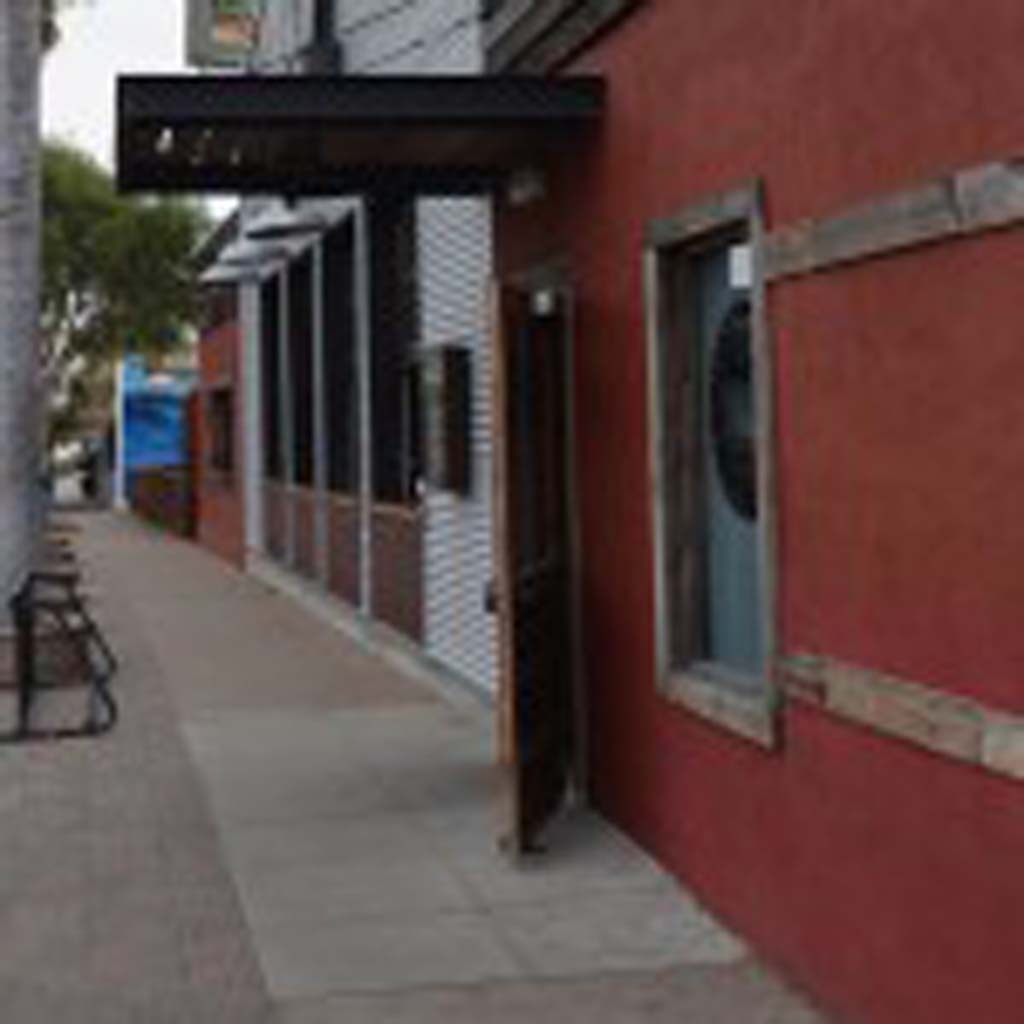OCEANSIDE — A whopping 5,000 reusable bags are set to be handed out at Oceanside’s Farmers Market and Sunset Market to honor Day Without a Bag on Dec. 19.
The message the day carries is to reduce first and then recycle.
“People don’t realize recycling is really the last step,” Colleen Foster, city management analyst for solid waste and recycling, said. “We need to focus on source reduction. The first step is saying no to disposable items.”
Most shoppers own several reusable bags and many take these bags to grocery stores, which generate the most plastic bag waste.
The next step is to bring reusable bags on all shopping trips including buying household items and clothes at the mall.
This idea is starting to catch on. Designer reusable bags have made it “hip” to reduce waste.
“We want to start to capture a lifestyle change,” Foster said.

It is important to reduce source consumption in the first place by choosing items with minimal and environmentally friendly packaging.
Styrofoam ranks worst in its demand on resources to make it and difficulty to recycle it, followed by plastic and then paper.
The goal is to change consumer behavior.
Recycling is an impactful behavior change to master and is fairly convenient to do. In most cities it no longer takes the effort of sorting recyclable trash types into paper, glass and aluminum and hauling everything to a recycling center. Instead the majority of cities have simplified home and business recycling to a trash container and mixed materials recycling container with curbside pickup.
In Oceanside and other cities the fee is less for recycling container service than trash container service, which makes the habit of recycling economical.
Oceanside solid waste and recycling staff will assist businesses in increasing their recycling and in turn lower their trash pickup bills.
To help businesses reduce waste an analysis of their trash is done. Then businesses are alerted to what materials can be put in the recycling bin instead of the trash bin. Business owners are asked to monitor their trash to ensure changes are being carried out. Soon the habit of recycling all recyclable materials becomes automatic. The benefits are a healthier environment and lower trash bill.
Foster recently challenged city staff to focus on reducing office waste by trading their 18-gallon trashcans for mini trashcans that are small enough to sit on their desktops and have recycling containers attached to them.
“The mini trashcans are the height of a pencil and can hold a couple of candy bar wrappers, a sandwich wrapper and Kleenex,” Foster said.
The result was city staff increased recycling by 30 to 50 percent within two weeks.
In further efforts to reduce waste Oceanside is looking at passing a plastic bag ban in 2016.
Solana Beach has a plastic bag ban and Encinitas is presently considering one.
“There’s nothing free about plastic bags,” Foster said. “There is the cost of the bag and cost of resources. Reusable bags get 500 uses.”
Foster said countywide change will occur when San Diego passes an expected plastic bag ban in 2015. The size of San Diego will encourage other cities in the county to follow. Foster added passing a ban is less confusing to consumers when it is done regionally.
Oceanside’s goal is to divert 75 percent of city solid waste from landfills by 2020. The city is already at 72 percent diversion.



5 comments
Most recycling of plastic or “diversion” usually means “baled and shipped to China”. (EDCO VP) Not good policy.
Mandy: Maybe if the water supply for Southern California is compromised by the landfill, they plan to SELL us recycled water from the desalination plants?
You’re right Senior- there is absolutely NO need for another dump especially one that will sit on the major transmission line for most all the water from Northern CA that comes to San Diego County.
This is what Central Planning looks like. Mini trash cans on desks? I don’t think so, and it is unsanitary. The wonderful Philosopher Kings ALWAYS know what is best for us. So they Must change our behavior(s). Of course Encinitas is considering a ban on the bags, as did Solana Beach. They are extremely “liberal”. Not the classic definition of the word, which means liberty.
I want ALL government out of my life, now and forever..just leave me the heck alone. Local, state and federal government is now all intrusive, and all controlling. It is time it all stops.
According to this article, “Oceanside’s goal is to divert 75 percent of city solid waste from landfills by 2020.” If that is true, the public should be asking then WHY Councilmembers Kern, Feller & Felien SUPPORT the building of a new toxic landfill directly on the San Luis Rey River (Oceanside’s main source of water) at Gregory Canyon; especially since the area is sacred land to the Luiseno Tribe.
Comments are closed.